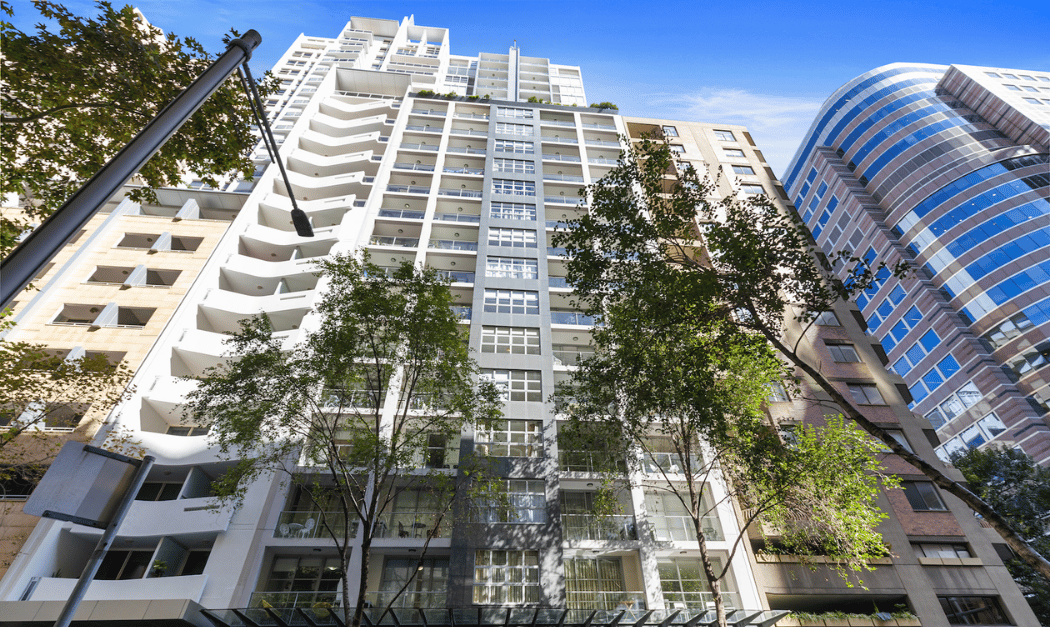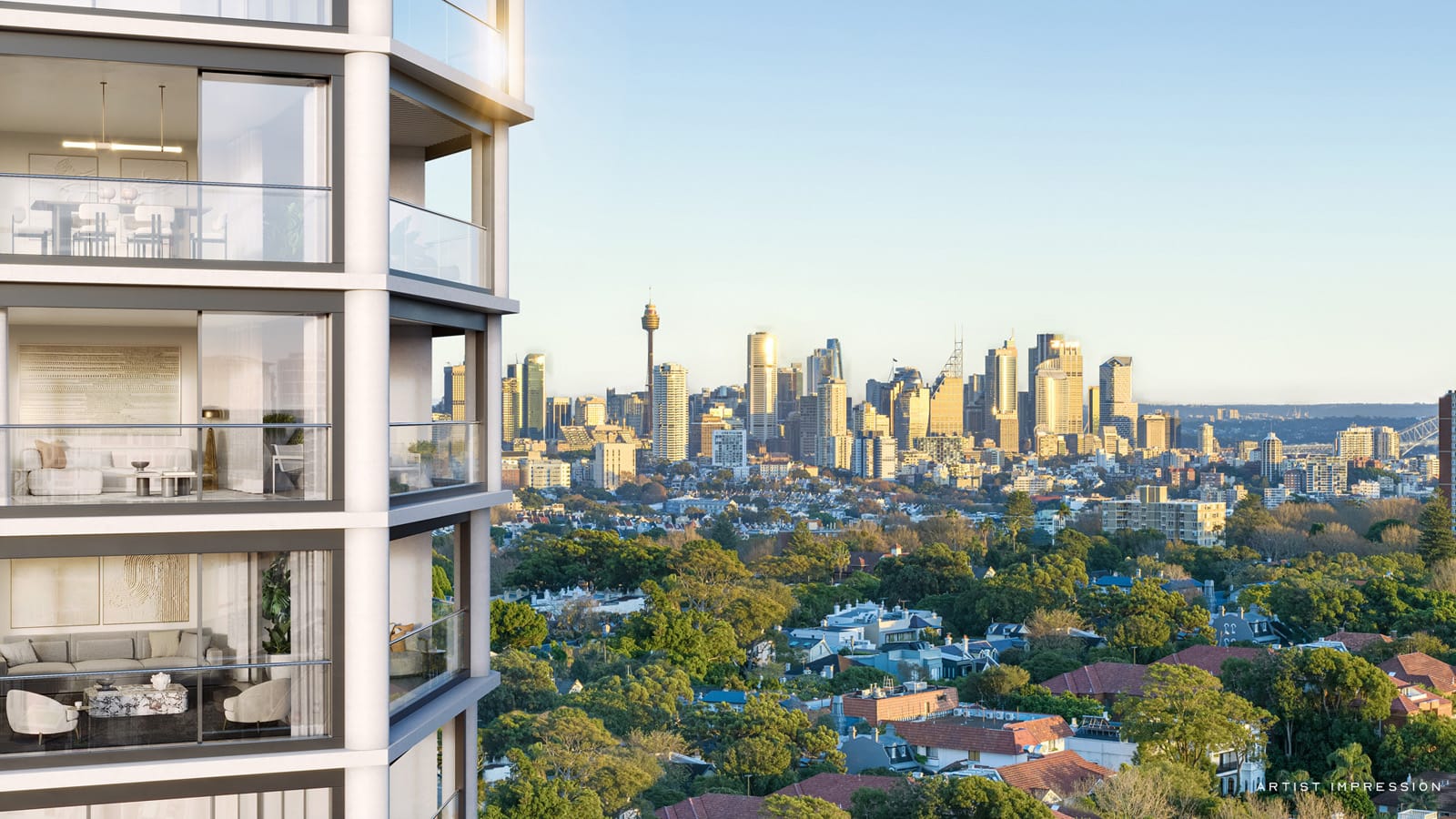Recent data provided by CoreLogic gives us a detailed evaluation of the Australian housing market.
The data, which covers a 12-month period, shows significant trends and insights that highlight the dynamic nature of the housing market across the country.
We are going to focus on Sydney/NSW for this article.
Sydney’s Resilient Growth
As Australia’s largest and most economically stable city, Sydney has recorded an 8.7% increase in dwelling values over the past year. This growth proves that the city is resilient and continues to attract people despite its apparent economic challenges.
There are several focal points that contributed to its sustained growth. Firstly, it is the city’s established status as one of the global financial hub that gives it a strong base. It continues to attract both domestic and international investors. This creates more opportunities because of its strong job market, world-class amenities, and lifestyle offerings. Consequently, this has caused an influx of skilled migrants and students which further reinforces the demand for housing market.
Regional NSW: Moderate Yet Steady Increase
While the capital appears to have a significant development within New South Wales, the territorial zone portrays a differentiating scene. It has an increment of 4.3% in dwelling values, reflecting a stable yet less dynamic market compared to its capital. This difference is largely due to the financial drivers and economic conditions between Sydney and the rest of the NSW.
The modest growth within the region can be credited to a few variables. Financial activities are less diversified than in the other metropolitan districts, depending intensely on farming, mining, and tourism. Even though essential, these sectors do not directly drive the boost of dwelling values since the finance and technology sectors are more concentrated inside Sydney.
The Listings
Sydney has seen a 10.2% increment in current listings compared to the same period last year. This reflects a good market for sellers as their confidence is evident. The total listings in Sydney have dropped by 2.3% which means there’s a high demand and a quick turnover of properties.
In NSW, new listings have surged by 19.1%. Despite this convergence, total listings in the region have plunged by 17.0%, indicating that properties are being sold or pulled from the market at a high pace.
The general idea behind the decline in the total listings is that there is likely an imbalance between supply and demand. Buyers are aware that in a competitive market acting swiftly is a must to acquire a property. Sellers on the other hand, capitalise on this high demand with the hope to get better offers which ultimately does push the price higher.
The Sales
In April alone, 38,317 homes were sold, adding up to a rolling annual total of 505,153 for the 12-month period. This is a 7.3% increase compared to the same time last year, showing a strong recovery and growth in the market.
When we break it down, the growth is particularly strong in capital cities, where sales are up by 9.2%. Regional areas are also growing, but at a slower rate of 3.9%. Among the cities, Sydney stands out with an impressive 15.5% increase in sales. Melbourne and Brisbane also show healthy growth at 8.3% and 7.0%, respectively. However, not all regions are booming. The Northern Territory, for instance, saw a significant drop of 14.0% in sales.
Monthly sales volumes over the past five years had a clear peak in mid-2021. Although there has been some decline since then, the numbers are still higher than the five-year average, indicating that the market is generally strong despite some ups and downs.
In essence, the Australian housing market is doing well overall, driven by robust growth in major cities, while regional areas have more mixed results. The trend line helps us see past the month-to-month fluctuations, revealing a generally positive trajectory.
Median Days on Market
Real estate market in Sydney and NSW is relatively mixed in terms of median days on the market. Sydney, as the capital of the region, illustrates a moderately steady property market. The median days on the market have somewhat increased from 23 days in April 2023 to 27 days in April 2024. Despite this increment, Sydney remains vigorous compared to the national average and is below compared to the combined regional median days of 44 days. On the other hand, NSW has a more challenging scene. There has been an increase from 44.5 days last year to 51 days this year. It shows that properties are taking more time to sell.
Vendor Discount
Over the last 12 months there has been a decrease in vendor discounting. Nationally, the median discount dropped to -3.5%, the lowest since May 2022.
Combined regional markets saw a reduction to -3.8% from -4.5%, while combined capitals reduced to -3.2% from -3.8%.
This indicates a slight compression in discounting rates, suggesting a stronger market where sellers are offering smaller discounts to secure sales. The trend reflects a tightening market condition over the past year, with less need for significant price reductions to attract buyers.
Rental rates
Rental rate performance of real estate in both NSW and Sydney has shown a significant increase with 4.2% and 9.0% growth respectively. This indication proves the healthy market present in the region, the demand for rental accommodation and the lack of supply to stop the price pressure building.
Rental Yields
In April 2024, gross rental yields in NSW were 4.1%, reflecting strong performance in regional areas. However, Sydney’s gross rental yield was notably lower at 3.1%, the lowest among Australia’s combined capitals. This contrast highlights a disparity within the state, with regional NSW outperforming Sydney. While the national trend shows a rise in gross yields to 3.75%, Sydney’s rental market remains less lucrative for landlords compared to both regional NSW and other capital cities. High interest rates are likely to influence net yields, especially for highly leveraged investors in Sydney.
Investors & Lending
As of March 2024, investor lending in NSW constituted 42.5% of total mortgage lending, the highest among all Australian states and territories. This figure marks a notable increase from the period between 2018 and 2021, where investor participation was considerably lower. While lending to investors is high in NSW, we are likely to see that the investment funds are being spent interstate with Perth, QLD and Adelaide all attracting swarms of investors with properties offering higher yields and greater prospects of growth returns in the short term.
First Home Buyers
As of March 2024, first home buyers in NSW accounted for 26.6% of owner-occupier housing finance commitments. This figure, although slightly below the national average of 29.7%, demonstrates a robust participation rate in the housing market by first-time buyers. Over the past decade, the percentage of first home buyers in NSW has fluctuated but remains relatively stable compared to other states, suggesting a consistent demand despite varying market conditions. The steady involvement of first home buyers can be attributed to factors such as government incentives, economic conditions, and housing affordability. While NSW’s percentage is not the highest, it is significant given the state’s high property prices, indicating that first-time buyers are still actively seeking opportunities in the competitive NSW housing market.
Conclusion
The CoreLogic data paints a detailed picture of the NSW and Sydney housing markets, revealing strong growth in Sydney and steady increases in regional areas. For investors, policymakers, and potential homeowners, understanding these trends is vital.
Sydney’s resilience and continuous economic activities increases its potential for sustained growth, while the steady rise in regional NSW suggests opportunities for those seeking alternatives to metropolitan living. The perspective derived from this data can be a valuable foundation for decision-making and strategic planning when deciding to buy a property.
If you would like to make a time to discuss your buying options with a Moove consultant, please don’t hesitate to contact us.



